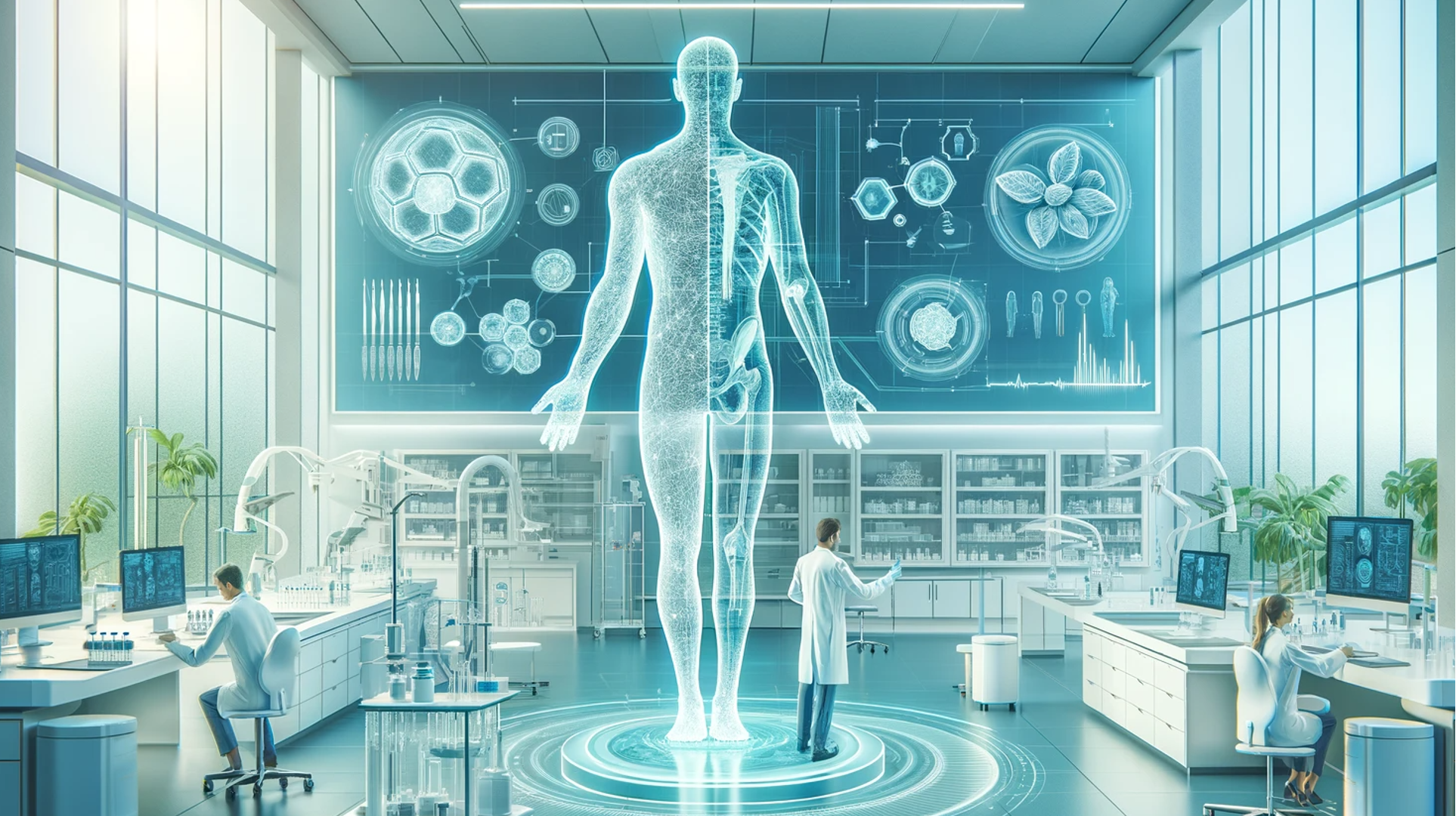 medicine. For example, while we will focus on the human microbiome, biologists are engineering the gut biome of waxworms so they can eat plastic.
medicine. For example, while we will focus on the human microbiome, biologists are engineering the gut biome of waxworms so they can eat plastic.
What is the human microbiome?
Back in high school, I learned that bacteria were “bad,” parasitic creatures that caused infections and disease. We were taught to wash, scrub, and sanitize to remove these nasty critters from our environment.
Now we find that many bacteria that live on our skin and in our gut are essential to our health. The human microbiome is the genetic material of all the microbes (good and bad) that live on and in the human body. The microbiome is believed to have wide ranging effects on health and chronic conditions such as cancer, diabetes, obesity, the immune system, nutrition, and even brain function and mental health. Even more fascinating is the role it may have in personalizing future medications and other treatments.
The study of the human microbiome: Growth, growth, and more growth
In May 2016, the White House Office of Science and Technology Policy issued a national call to action for new commitments to microbiome research from all sectors. As a result, the National Microbiome Initiative (FMI) was created to advance the understanding of microbiomes in health care, food production, and environmental restoration.
The Human Microbiome Project is an extension of the Human Genome Project and serves now as a roadmap for discovering the role of the microbiome in health, nutrition, immunity, and disease. Unfortunately, the human microbiome is actually more complex than the human genome–much more complex. The human genome includes approximately three billion base pairs. There are trillions of microorganisms in the human microbiome. As a result, the science is likely to go slowly and take decades to mature.
Along the way, medical and commercial applications, products, and treatments will be developed for everything from constipation to depression (most of the body’s serotonin is in the gut). Advances in genomics and sequencing technologies are making microbiome-testing more accessible and fueling the development of diagnostic and therapeutic applications. Companies such as DayTwo and Viome provide home testing kits to develop genetic profiles of an individual’s gut microbiome, and then provide personalized nutrition planning based on the results.
But for now, the big money is selling unregulated nutraceutical products (probiotics and prebiotics) that promise to improve the health of your gut. Sadly, there is no evidence that these substances do any good. Market definitions and size estimates vary, but double-digit growth is predicted for some sectors and products over the next five to ten years including:
- Diagnostics: Growing from $892 million in 2018 to $1.9 billion by 2026
- Therapeutics: $1.24 billion by 2020, $2.16 billion by 2026
- Probiotics: $73.8 billion by 2024
- Prebiotics: $750 million by 2024
Employment in the world of the Microbiome
So far, jobs in the world of the microbiome are predominantly in higher education, life sciences, and health care. However, jobs requiring a variety of skills are starting to also emerge, such as supply chain and marketing. Overall, most of the jobs we’re seeing require advanced degrees and specialized training skills, including informatics and data science.
Recent job postings related to the microbiome include fields that develop methods and software tools for understanding biological data. These combine biology, computer science, information, engineering, mathematics, and statistics to analyze and interpret biological data. Check out our webinar to find out which universities are paving the way in microbiome research.
Want a deeper dive into the Human Microbiome?
Have an hour? Watch our recent webinar on 5 Emerging Programs You Should Know About in 2020. Have just a few minutes? Watch the Microbiome portion of the webinar here. Want to discuss what emerging programs might be a fit for your institution? Let us know. We would be glad to help.




